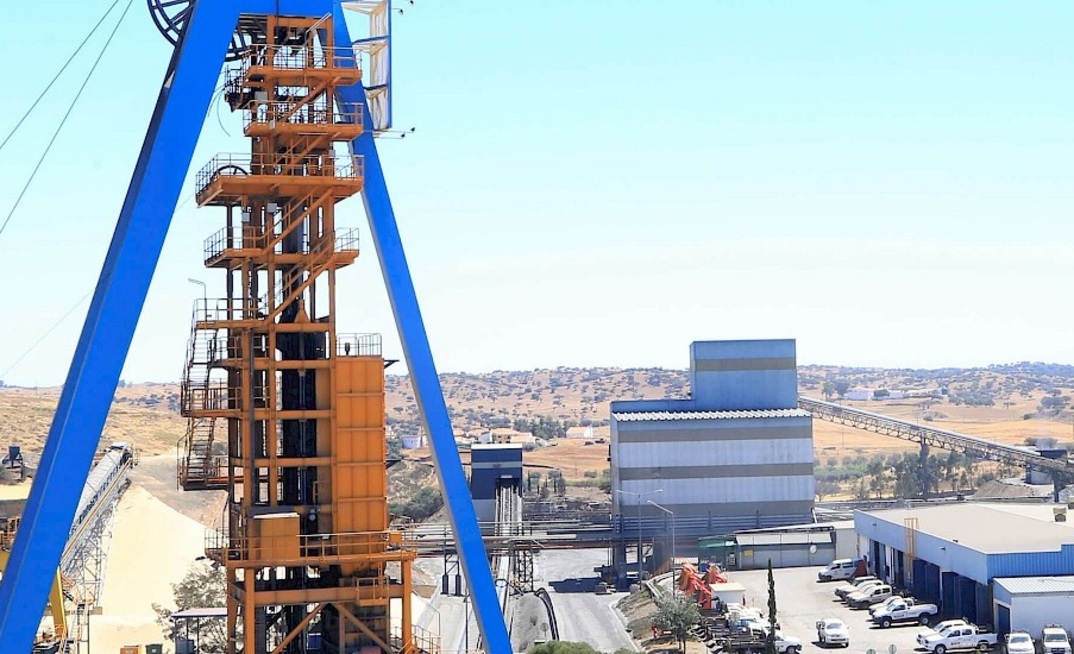"The result is not surprising, however, as COVID continues to impact drill programmes and assay labs across the industry, but it does continue the modestly negative headline news flow that we had expected for H2/21," BMO Capital Markets analyst Jackie Przybylowski said.
Lundin put consolidated and attributable reserves at 5.3 million tonnes of copper, 2.8Mt of zinc, 77,000t of nickel, 913,000t of lead and 6.6 million ounces of gold.
Przybylowski said copper reserves were 4% lower than the same time last year, including the effect of mine depletion, zinc reserves were 10% lower, nickel was down 23% and gold 10% below last year's update.
She said Candelaria's underground was a bright spot, where reserves increased modestly.
"We continue to expect that Lundin Mining has, on balance, potential for more negative than positive surprises in H2/21; however, we expect improvement in 2022," she said.
A mid-year drill update was a potential positive catalyst, Przybylowski said, noting many of the drill results at Chapada supporting a planned mine expansion had not met the cut-off for inclusion in yesterday's update.
Lundin president and CEO Marie Inkster, who is stepping down at year-end, said exploration was one of the areas where the business was most directly impacted at the onset of the global COVID-19 pandemic.
"Despite the challenges we were able to resume exploration programs safely and swiftly during the second half of 2020," she said.
"These programs continued to create value over the past year, largely replacing mine depletion and adding to mineral inventories in our high-potential growth locations."
BMO maintained a market perform rating and share price target of C$15.
Lundin shares (TSX: LUN) closed down 2% yesterday to $9.53, valuing it at $7 billion (US$5.5 billion).


























